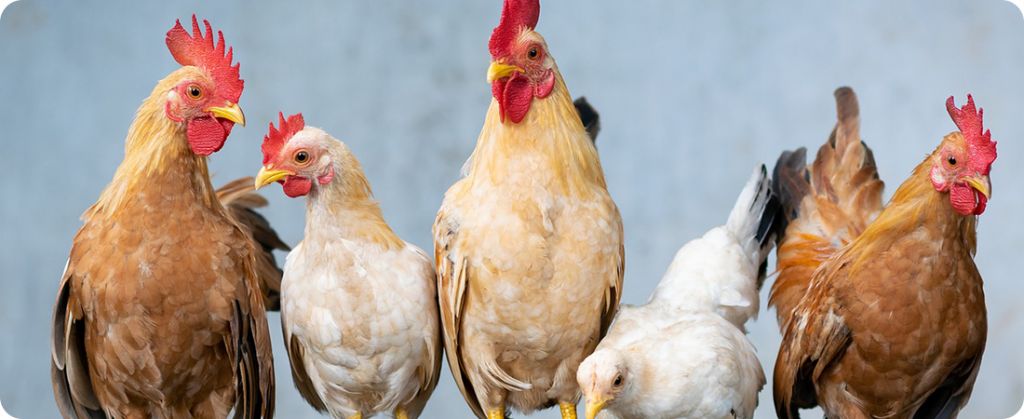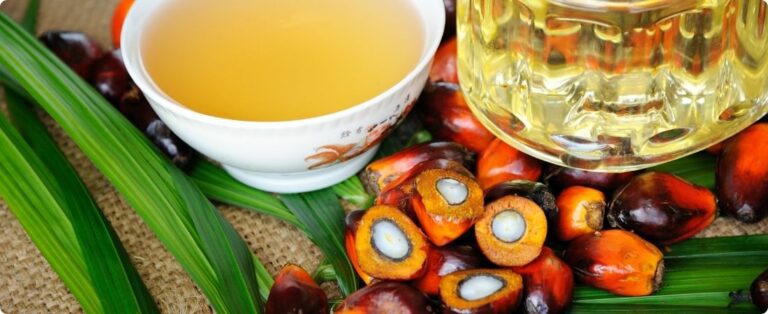Maximizing lipid absorption and reducing costs in broiler diets

Emulsions in the food industry play a crucial role, allowing the creation of a wide variety of products. Furthermore, they are defined as stable mixtures of immiscible substances, such as oil and water, where one substance is dispersed in the other in the form of small droplets. Therefore, depending on the dispersed phase, they can be classified as oil-in-water (O/W) or water-in-oil (W/O) emulsions. The stability of emulsions is essential for the quality and shelf life of food products such as mayonnaise, sauces, margarines, creams, ice creams and salad dressings.
The essential components and impact of emulsions in the food industry
To form a stable emulsion, three main components are needed: an aqueous phase, an oil phase and an emulsifier, which acts as a binding agent between the two immiscible phases, reducing the surface tension between them. Common emulsifiers include lecithin, mono- and diglycerides, and fatty acid esters. For example, lecithin is widely used in the food industry as an emulsifier, as are mono- and diglycerides.
In summary, emulsions play a fundamental role in the food industry, in addition, the appropriate choice of emulsifiers and the correct formation of emulsions are undeniably determining factors for the quality of the final products. Therefore, it is crucial to understand how these components interact and contribute to the stability of emulsions, as well as the impact this has on the food products we consume daily.
With the growing search for natural and healthy ingredients, natural emulsifiers emerge as a promising alternative. They derive from plant, animal or mineral sources, being capable of uniting immiscible substances in stable solutions. Furthermore, environmental concerns have led to interest in natural emulsifiers produced in a sustainable way, minimizing environmental impact.
In addition to its application in human nutrition, diet formulations for broiler chickens use soy lecithin. Nutrition plays a fundamental role in poultry production, representing the majority of production costs. Nutritionists must adopt strategies that guarantee the best financial return, considering available ingredients, inclusion levels and the birds' ability to take advantage of nutrients from raw materials in feed.
Benefits of using natural emulsifiers in nutrition
In diets for broiler chickens, energy and protein are the most expensive nutrients, determining the final cost of the feed. Although birds naturally use carbohydrates as an energy source, in industrial production, it is common to use high energy density oils and fats to save proteins and increase feed efficiency. This also helps reduce the heat generated by metabolism, a challenge in intensive farming.
Lipid digestion occurs mainly in the small intestine, where enzymes and emulsifiers play a crucial role. Emulsifiers reduce the surface tension between oil and water, facilitating mixing, resulting in a stable emulsion and greater nutrient absorption.
The influence on the nutrition of broiler chickens
Studies have shown that lecithin-based emulsifiers increase the digestibility of the ether extract in diets that include offal oil in broiler chickens. Furthermore, they promote greater lipase secretion in young birds, improving weight gain and feed conversion in the initial growth phase.
When choosing the ideal emulsifier, it is important to consider its ability to form stable emulsions. The numerical scale of hydrophilic-lipophilic balance (HLE) describes the nature of the surfactant, where higher values indicate greater hydrophilicity of the molecule. Emulsifiers with low EHL tend to form water/oil emulsions, while those with high EHL form oil/water emulsions, ideal for nutritional applications.
Therefore, selecting emulsifiers that meet specific needs, improve lipid absorption, reduce costs and maintain the zootechnical performance of birds is essential.
In summary, lecithin-based emulsifiers offer significant advantages in the nutrition of broiler chickens, improving the digestibility and performance of the birds, while at the same time allowing the reduction of the addition of fats to the feed. Choosing the appropriate emulsifier, based on its ability to form stable emulsions, is essential to optimize results in poultry production.
By: João Victor | Broker of the Oleochemical Products unit










